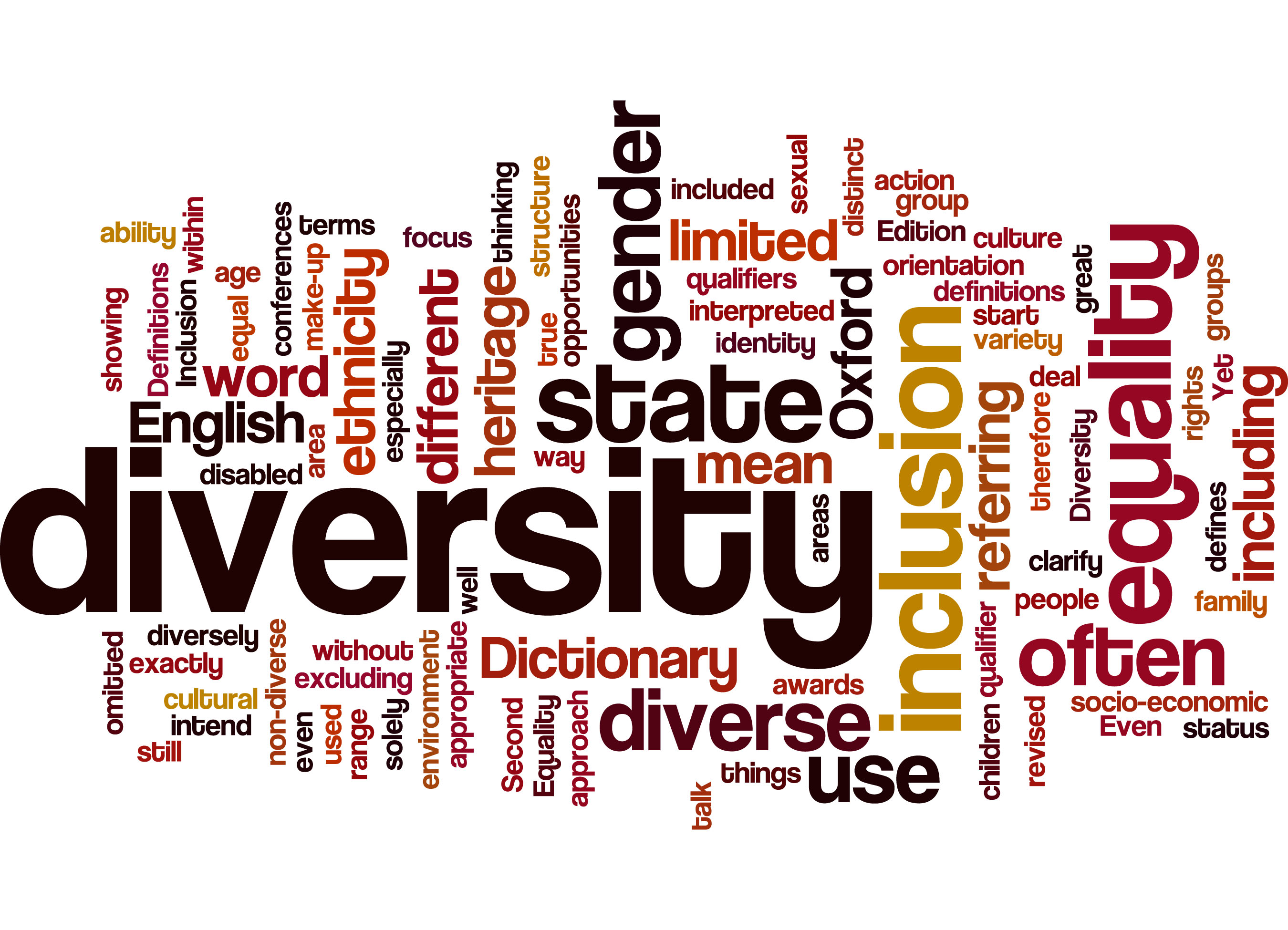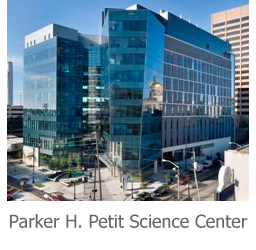
How do you define diversity? Scholarly dictionaries d efine diversity as “the quality or state of having many different forms, types, ideas, etc.”. Textbooks define the word diversity as “the state of having people who are different races or who have different cultures in a group or organization”. I define diversity as Georgia State University (GSU). When discussing diversity at this specific University, you are forced to examine the architecture, people/ race, and organizations within Georgia State University. The University’s campus life is diverse through and through. This nontraditional, urban campus is full of complex and varying structures, buildings, and other architecture located in different locations throughout Downtown Atlanta. The student body is very integrated and you’re likely to find people of very different races and walks of life. Georgia State University’s campus promotes better learning environments through diversity. This essay will serve as an analysis of the diverse learning environment of Georgia State University and reveal the positive effects on the overall well-being of students academically, physically, and emotionally.
efine diversity as “the quality or state of having many different forms, types, ideas, etc.”. Textbooks define the word diversity as “the state of having people who are different races or who have different cultures in a group or organization”. I define diversity as Georgia State University (GSU). When discussing diversity at this specific University, you are forced to examine the architecture, people/ race, and organizations within Georgia State University. The University’s campus life is diverse through and through. This nontraditional, urban campus is full of complex and varying structures, buildings, and other architecture located in different locations throughout Downtown Atlanta. The student body is very integrated and you’re likely to find people of very different races and walks of life. Georgia State University’s campus promotes better learning environments through diversity. This essay will serve as an analysis of the diverse learning environment of Georgia State University and reveal the positive effects on the overall well-being of students academically, physically, and emotionally.
In order to understand the diverse lifestyle of Georgia State University and its effect on students learning environment, we must first take a look at the complex campus of the University. The built environment of GSU varies due to the unique placement of classrooms, lecture halls, and other facilities. GSU has 102 buildings and facilities located throughout the downtown Atlanta area. Each building adds to the unique built environment of the University as a whole. They each add an additional element to learning environment.
Being that the University is so expansive I chose to only focus on the descriptions and locations of buildings visited and utilized by students most frequently.
- Sparks Hall is the home of the Undergraduate Admissions office and located on Gilmer Street Southeast. This office also houses the Enrollment center, classrooms, and other laboratory spaces. Sparks Hall is an important building on the University’s campus because it’s located immediately across from Hurt Park. Hurt Park hosts huge cultural rites of passage ceremonies for sororities and fraternities at GSU. These ceremonies are often called probates. Hurt Park is also the home/ resting spot of the local homeless.

- Langdale Hall is located on Decatur Street Southeast and houses the office of the College of Arts and Sciences, many general classrooms, and also the departments of Political Science, English, Sociology, and Modern and Classical Languages. If you attend Georgia State, you can guarantee that you will take classes in this building at some point in time.

- Petit Science Center is located on Piedmont Avenue Southeast. This building is 347,000 square feet and houses programs in biology, chemistry, nutrition, nursing, physical therapy, public health, and respiratory therapy. This facility is closest to the Georgia State University MARTA station (subway/ train public transportation).

- Helen M. Aderhold Learning center is located on Luckie Street. This building serves as the location for several general classrooms and lecture halls. Aderhold happens to be one of the furthest buildings on the campus, but is near a ton of historic sites of Atlanta. The Historic Underground Atlanta, Centennial Olympic Park, World of Coke, the CNN center, and the Georgia Aquarium are within walking distance from Aderhold. Not to mention, Peachtree Street; home to more than a dozen headquarters of Fortune 500 companies

The differing locations and sprawled out nature of these buildings force students and other faculty members to venture outside of their own comfort zones. If you attend Georgia State University, you are literally slammed in the face by diversity and opportunities. There’s no secret that many Downtown and urban areas deal with the problem of an increased homeless population. Several homeless people suffer from mental illnesses beyond their control. Luckily for many of them in the Downtown Atlanta area, Grady Memorial Hospital serves as a center for salvation and mental help. Being that Grady is intertwined into the University’s campus, many college goers come in contact with homeless people on a day to day basis. For individuals entering the field of social sciences, mental health, customer service, education, or even health care; a built environment that includes the homeless promotes a better learning environment in itself. Students at GSU are able to see real world problems and become comfortable in these settings. If individuals are comfortable in these settings early on, they will be able to better apply skills in their future careers effectively. You’re learning life skills by experiencing the Georgia State University campus on a daily.
Now that we have examined the diverse architecture of the built environment at Georgia State University we can now discuss the ethnically diverse student body. Ethnically diverse refers to the classification of mankind into groups on the basis of racial characteristics. According to CollegeFactual.com (Click Here ); a prominent college resource website that accesses the college life of major colleges in the nation, Georgia State University is ranked number 76 in ethnic diversity nationwide. It’s student body composition rates far above than the national average. The Black/ African American population is 40.8%, the white student body is 28.8%, Asian- 11.6%, and Hispanic and Latino- 9.3%. At Georgia State University the ratio for male and females is also ranked above national average. Males make up 41.2% of the student body and females make up 58.8%. The University also has a high geographic diversity. The College Factual website creates these figures by accessing where students lived at before entering college (out- of state students). Students are more likely to be from 33 differing states that attend GSU. As you can see, the statistics above help enforce that GSU is truly diverse through and through.
Now that we have analyzed how the built architectural environment and ethnically diverse student body play a role in campus life at Georgia State University, we can now examine their effects and how it promotes better learning environments. In Jerry S. Hyman and Lynn F. Jacobs’ article, Why Does Diversity Matter at College Anyway, (Click Here ) authors discuss the top 8 reason why diversity is so important at college. These 8 reasons enforce that diverse college campuses promote better learning environments and aid in student success.
Diversity matters at college because it:
- Expands worldliness- College for a lot of people is the first time you’ll come face to face with different people that may not look or act anything like you. Diversity expands your scope and opens doors without even traveling.
- Enhances social development- Interacting with different people expands your social circle.
- Prepares students for future career development- As mentioned previously, successful performance in today’s diverse workforce requires knowledge and the ability to relate to different people with differing cultural backgrounds.
- Prepares students for work in a global society
- Increases knowledge base- we learn more from people
- Promotes creative thinking- You’re able to see multiple points, perspectives, and different vantage points.
- Enhances self-awareness- Learning from people with differing experiences and backgrounds than yourself helps you to be more self-aware.
- Enriches multiple perspectives- you gain a panoramic perspective and realize that your perspective is not the only one.









